Operation Sea Lion: Dossier detailing Hitler’s plan to invade Britain unearthed
A cache of uncovered files has detailed Hitler’s strategy to use 600,000 troops to overcome the UK in World War Two and hoist the swastika on British soil.
Long forgotten secret plans by the Nazis to invade Britain during World War Two have been uncovered.
The dossier was complied by the British authorities based on a slew of documents found in the German naval archives after the Allies captured Berlin to end the war.
They showed Adolf Hitler planned to bombard Britain with artillery from the English Channel and land 600,000 troops on the coast.
It was intended that Operation Sea Lion, as Hitler called it, would have been launched from captured French ports in September 1940. The aim would have been to sweep around London, just 76 kms from the Channel, and enact a swift surrender from Winston Churchill’s government.

A bound copy of the plans is to be sold off this weekend by auctioneers Henry Aldridge & Son of Devizes in southern England.
Auctioneer Andrew Aldridge said he expected bids of up to $9000: “This is a fascinating account. This is the ‘what if’ scenario.”
Copies of the book, called German Plans for the Invasion of England in 1940 were given to limited number of senior officials in British intelligence after the war finished in 1947, reported the Mirror.
The book included detailed maps of the planned invasion routes as well as copies of documents produced by the Nazis.

In July 1940, and after his success in conquering France, Belgium and the Netherlands, Hitler was becoming exasperated at Churchill’s refusal to come to terms.
“Since England, in spite of her hopeless military situation, shows no signs of being ready to come to a compromise, I have decided to prepare a landing operation against England, and, if necessary, to carry it out,” he said.
Hitler’s aim was to secure a swath of the English coast, from the headland of Selsey Bill in West Sussex, close to the British naval port of Portsmouth, to Ramsgate in Kent near the mouth of the River Thames that flows into London.
The French ports of Le Havre, Cherbourg, Boulogne and Ostend would have been the starting point.
By August of 1940 Hitler had moved huge amounts of machinery, weaponry and naval vessels to the French coast.
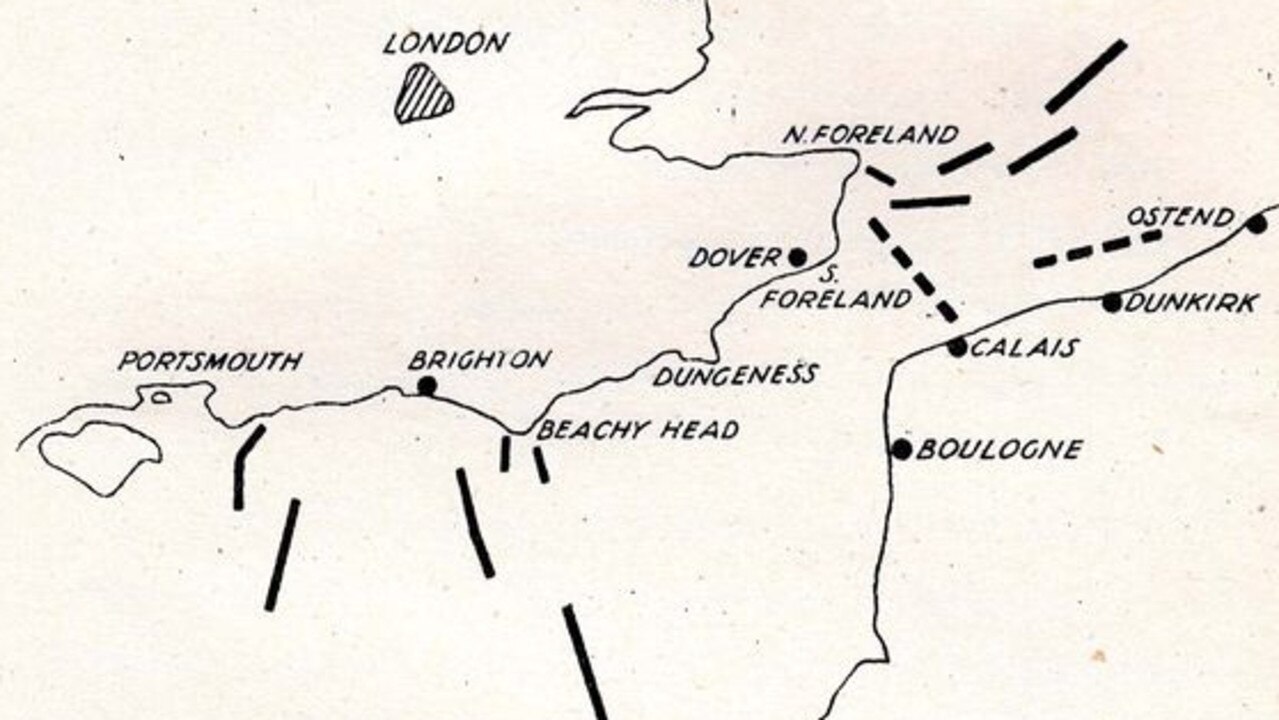
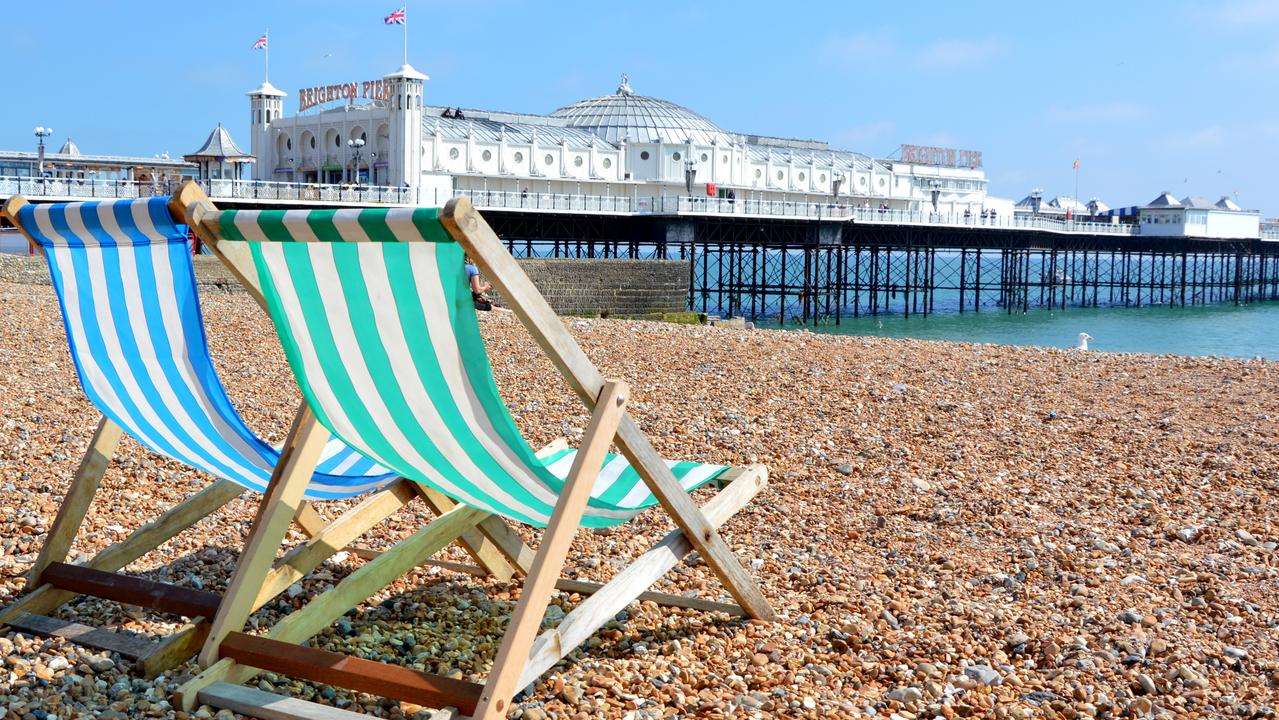
Hitler would initially look to confuse the British forces by launching an attack on northern Britain, between Newcastle and the Scottish city of Aberdeen.
But with all eyes looking elsewhere, the real action would start several days later and far further south.
The Strait of Dover, where at just 33kms wide the Channel is at its narrowest, would have been a key battleground with German forces looking to sink British ships and devastate the strategically vital port of Dover.
But Dover wouldn’t have been the main landing point. Sea Lion would have seen the bustling English sea side city of Brighton at the centre of the invasion and used as the main point to deposit manpower and weapons into the UK.
It was chosen because it was not a major port and so was less heavily fortified than other options including Hastings and the Isle of Wight.
Dubbed by the British as “exceptionally bold and daring attack” the initial phase would have seen 100,000 troops, 650 tanks and 4500 horses make land fall in five separate stretches of coast. These would start at Ramsgate and would also include the port of Folkestone, Dungeness, Beachy Head and finally a section from Brighton to Selsey Bill.
Once the coast and Channel had been secured a further half a million troops would join the initial landing force in multiple subsequent waves.
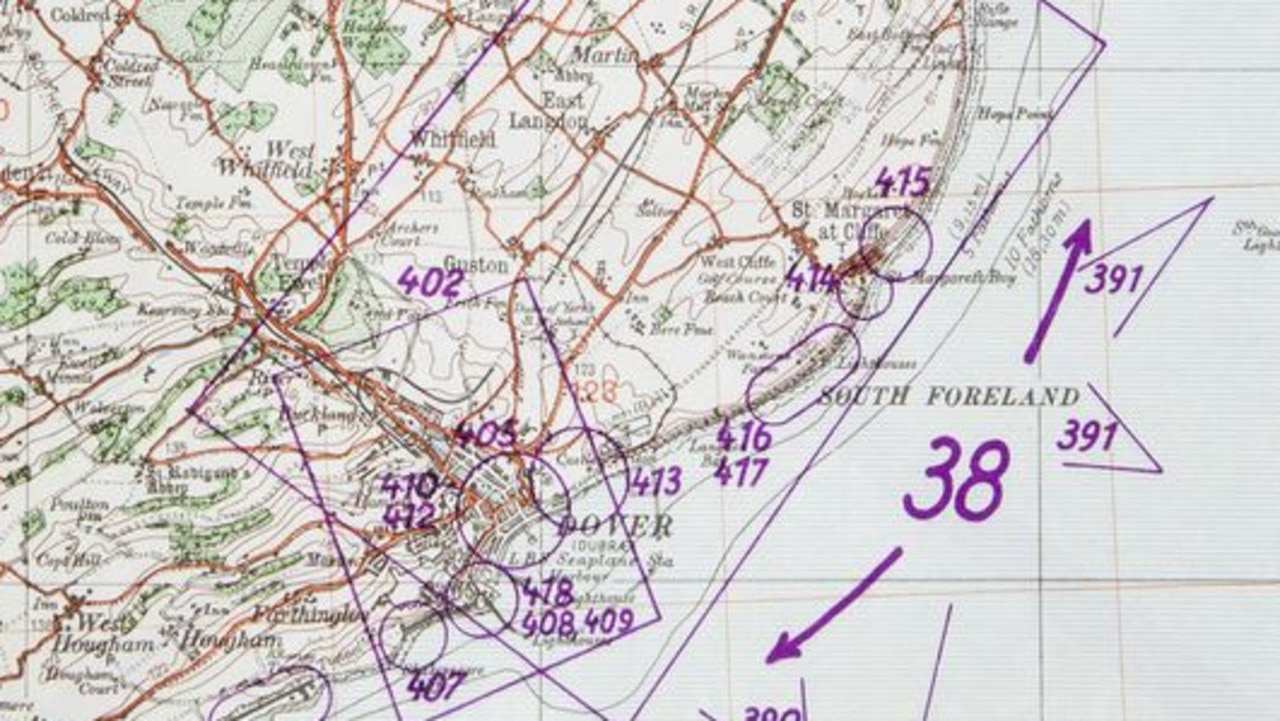
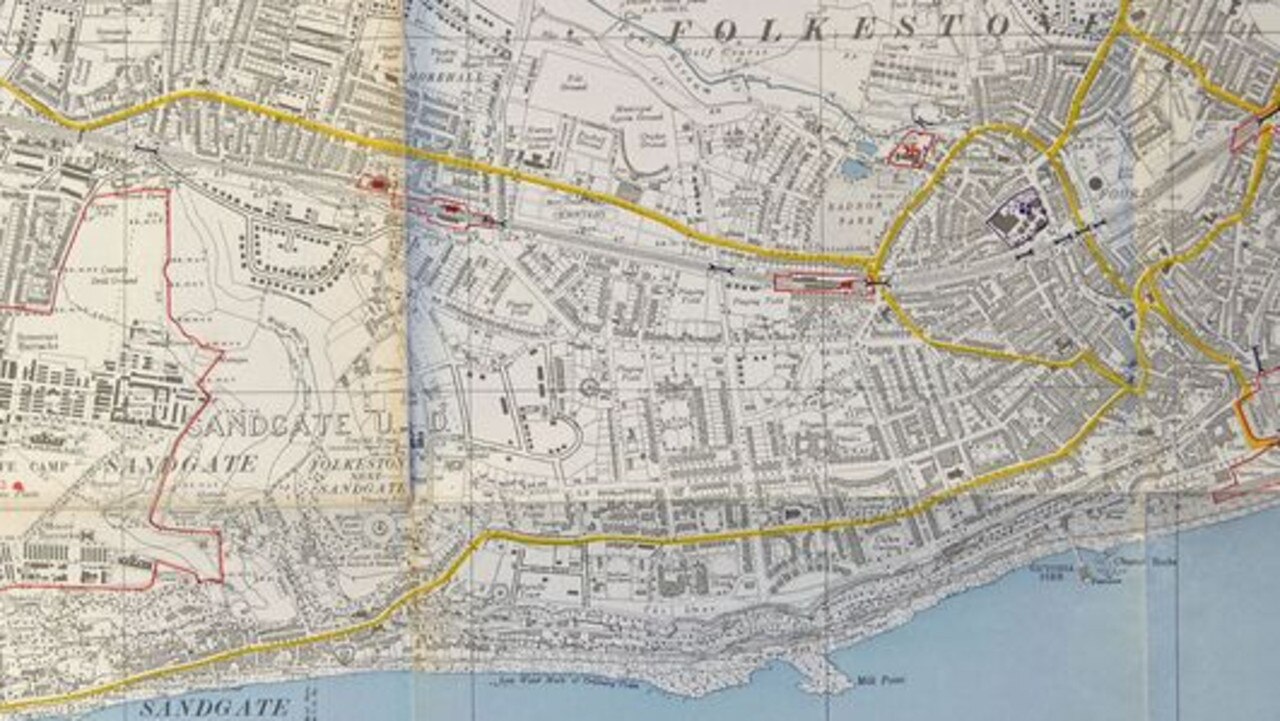
Unexpected and lightning quick, the Germans were counting on the British “rapidly abandoning” their defensive positions south of London.
Within two weeks, Berlin was confident it could take control of a vast tract of England from the port of Southampton all the way up to the mouth of the Thames.
Once captured, the Nazis hoped the British would be so demoralised and outgunned that rolling on and taking the rest of the nation would be relative pushover.
London’s borders would initially not be breached. Rather the capital would be surrounded and when the rest of the UK had fallen the Nazis would enter the city.
Hitler believed Operation Sea Lion would lead to a “rapid conclusion” of the war.
But it wasn’t to be. He had demanded Britain’s formidable Royal Air Force be destroyed or at least heavily impaired by Germany before the invasion could begin.
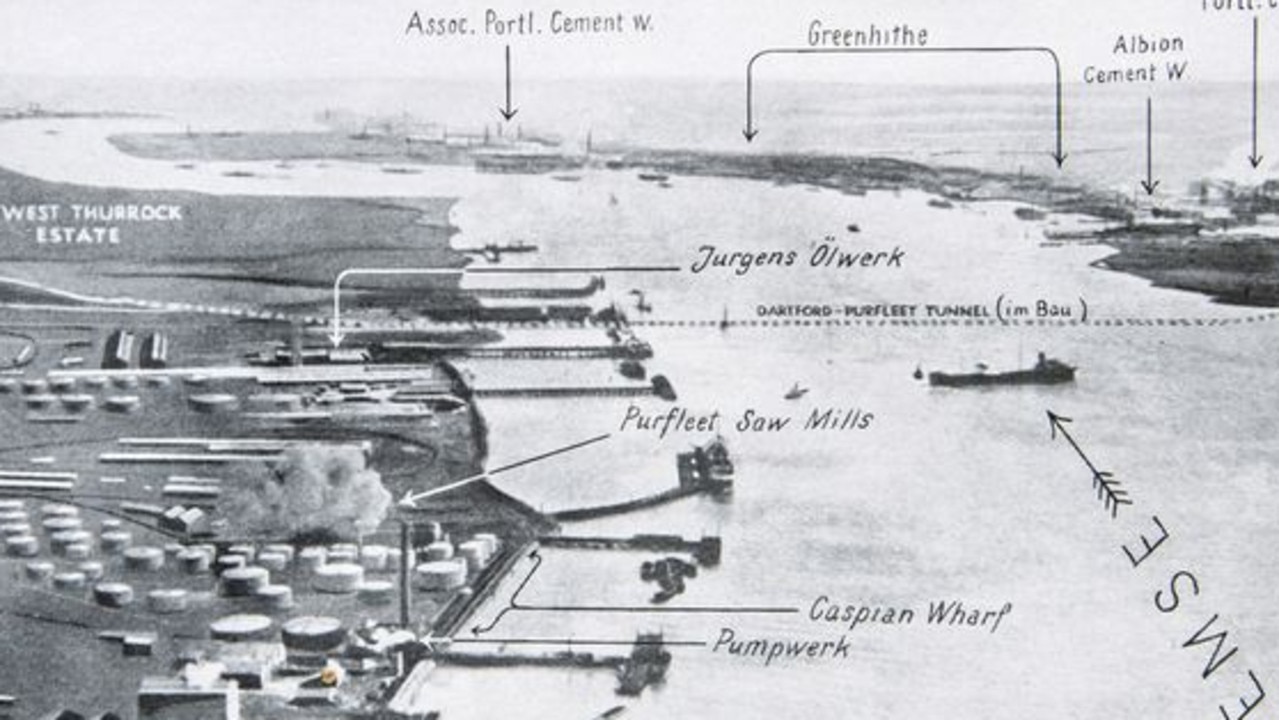
From June of that year, the Luftwaffe pummelled UK cities and RAF bases to both destroy British morale and neutralise any threat of retaliation.
While devastating, the Battle of Britain was also a disaster for Hitler as the UK proved to be a far more testing opponent than expected.
The inability of Germany to destroy the RAF led to the invasion being postponed until, with winter approaching in October, the plans were postponed.
However, the aim to overrun England was never formally called off and Operation Sea Lion remained live throughout the war until the Nazis eventual defeat in 1945.




